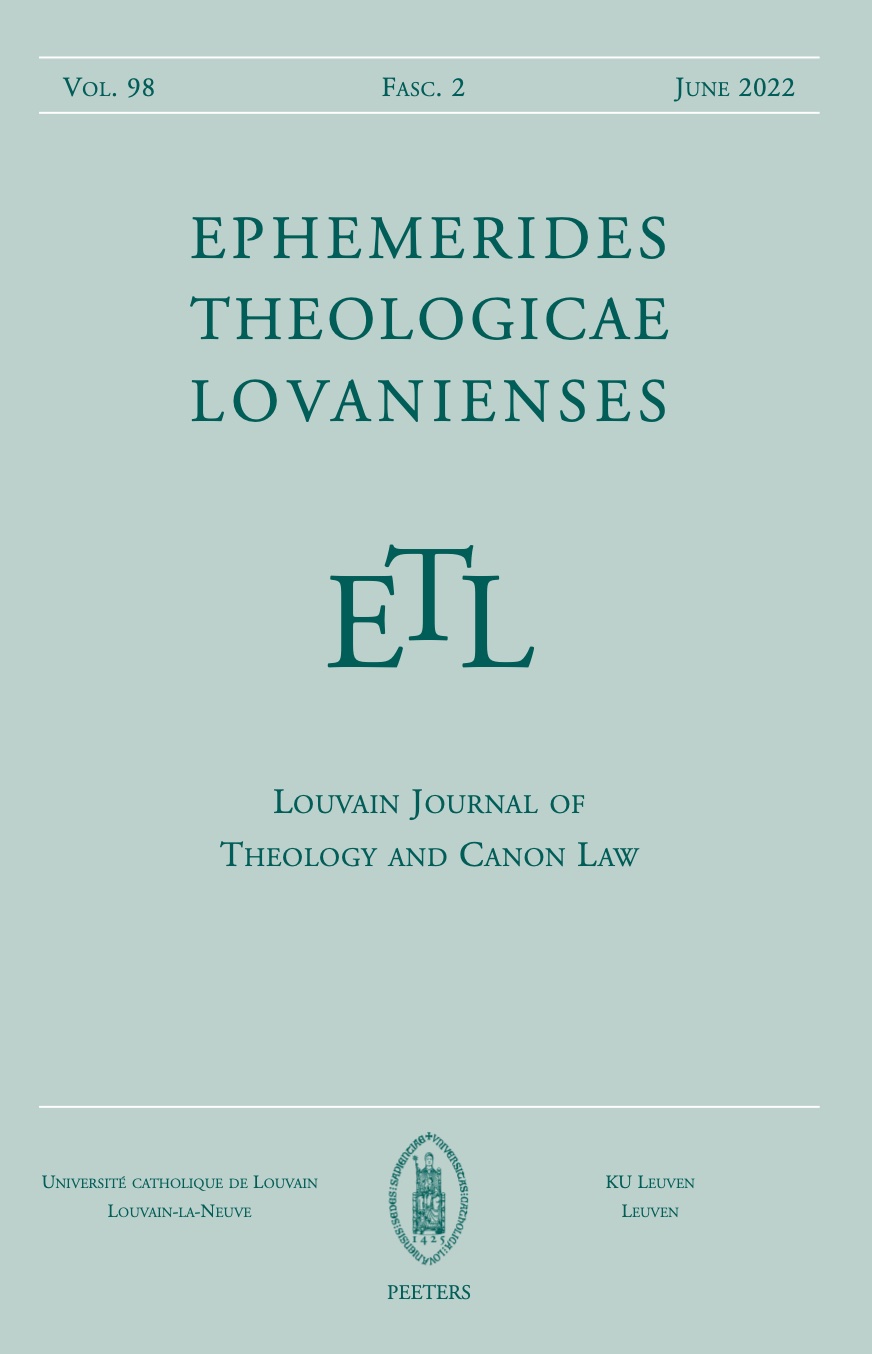next article in this issue  |

Preview first page |
Document Details : Title: Alternation between Aorist, Historical Present and Imperfect Subtitle: Aspects of Markan Narrative Style Author(s): BREYTENBACH, Cilliers Journal: Ephemerides Theologicae Lovanienses Volume: 95 Issue: 4 Date: 2019 Pages: 529-565 DOI: 10.2143/ETL.95.4.3286923 Abstract : In Mark, the historical present is often used when the dramatic twist in the action is depicted. Over against the aorist, the historical present highlights the more important action, foregrounds it, in order that the audience can note the change in action. Continuing the narrative in the aorist, the narrator also uses the historical present λέγει (he says) throughout to highlight the words of Jesus he introduces. Through this technique, the narrator draws the audience into the narrated action. Apart from major uses of the imperfect to sketch the backdrop of action in the aorist, to set the scene for the main action, or to introduce or reintroduce ongoing speech with ἔλεγεν, all other known individual uses of the imperfect in Greek narrative occur. The imperfect then expresses that the action is ongoing, or has explanatory function, or sometimes is iterative. In the alternation of the historical tenses, Mark’s style is unitary and continuous. Like the phenomenon of duality, the use of the imperfect in its relation to the aorist and the historical present should be a warning to any attempt to do successful redaction-critical work on the Gospel according to Mark or to isolate pre-Markan collections preceding the text of individual episodes in Mark. |
|


